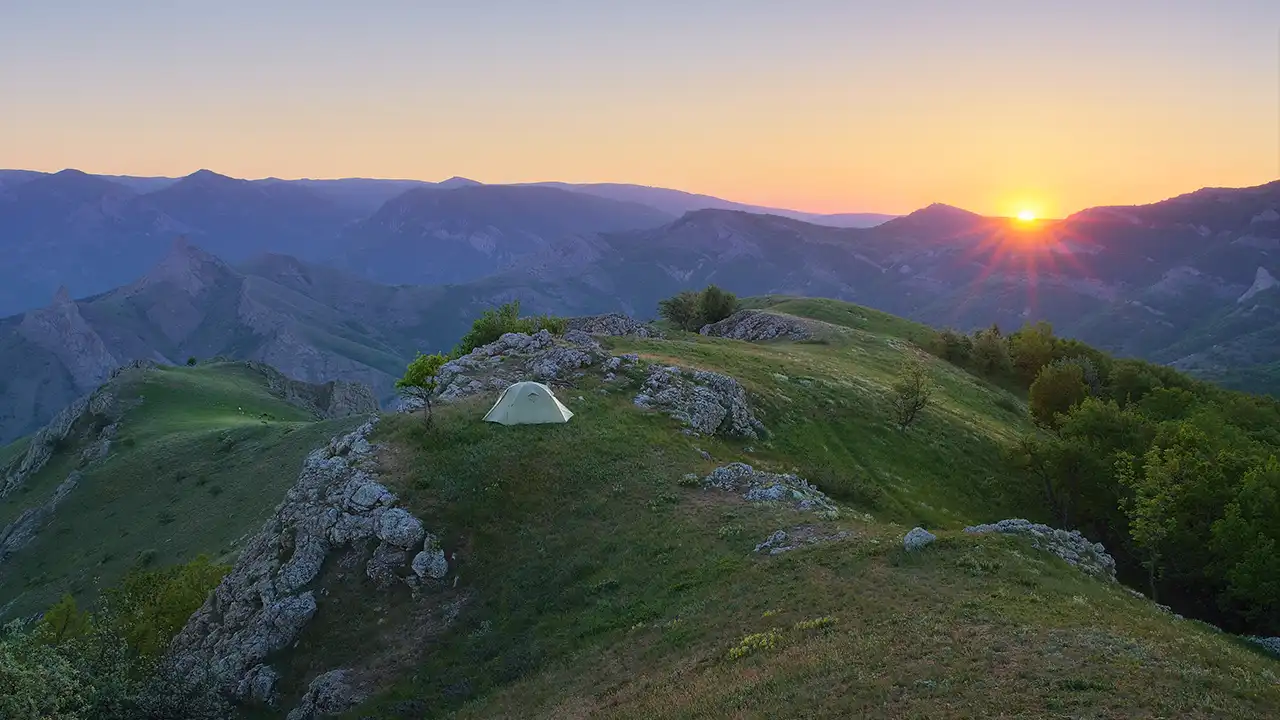Some mountains aren’t just summits, they are tests. Nun Peak, standing at a formidable 7,135 meters, is one of those rare giants that demand everything you have. Located in the Suru Valley of Ladakh, it is the highest peak in the Indian-administered part of the Himalayas. Towering, silent, and snow-laden all year round, Nun is not just a climb, it’s an expedition into the edge of what is possible.
This is not for trekkers looking to tick off another trail. It’s for climbers. For those ready to live in the snow for weeks, face high winds, carry loads over glaciers, and stare down the altitude in its most unforgiving form. But what it offers in return is unforgettable, a summit few reach, a view few ever see, and a sense of accomplishment that goes far beyond words.
Why choose the Nun Peak Expedition ?
Because this is one of the ultimate high-altitude climbs in India. Nun offers a true 7,000-meter experience, complete with technical sections, deep crevasses, unpredictable weather, and summit exposure.
It’s ideal for experienced climbers or trained mountaineers preparing for future peaks like Everest or Cho Oyu. While not as technically difficult as some international giants, Nun challenges you with its altitude, steep slopes, glacial terrain, and remoteness. Climbing Nun is not just a physical decision, it’s a mental commitment.
Expedition Highlights
- Suru Valley
The gateway to Nun, filled with surreal greenery, Buddhist villages, and the serenity of Zanskar landscapes.
- Glacier Crossing
Multiple days on heavily crevassed glaciers using ropes, ice axes, and crampons. Technical, slow, and deeply humbling.
- Camp I to III
Set progressively higher on steep snow ridges, each camp is a battle against altitude and fatigue.
- The Summit Push
A 10-14 hour climb from Camp III to the summit, facing strong winds, deep snow, and a long exposed ridge.
- The View
From 7,135 meters, the world curves beneath you. The Karakoram, Zanskar, and Kashmir ranges stretch endlessly under an open sky.
Day-wise Itinerary (Overview) –
- Day 1: Arrive in Leh
Rest and acclimatize. Check gear, meet the team, and allow your body to adjust to 3,500 meters.
- Day 2-3: Acclimatization in Leh
Visit nearby monasteries and take light acclimatization hikes. Hydrate and eat well.
- Day 4: Drive to Tangol (Suru Valley)
A scenic drive through Kargil into the Suru Valley. Overnight at Tangol, the last village before the approach.
- Day 5: Tangol to Base Camp
Trek through alpine meadows and moraine to reach Nun Base Camp at around 4,500 meters.
- Day 6–7: Load ferry and acclimatization
Carry equipment to higher camps, establish movement patterns, and slowly begin adapting to the thin air.
- Day 8–15: Establish Camp I, II, and III
Progressively climb and establish higher camps. Camp I is at around 5,300m, Camp II around 6,000m, and Camp III near 6,400m. Each stretch requires roping up, glacier navigation, and full cold-weather gear.
- Day 16: Summit Attempt
Begin around midnight. The climb includes steep 50-degree snow slopes, crevasse fields, and a sharp final ridge. The summit takes 6–8 hours, descent another 5. Return to Camp III or descend further based on conditions.
- Day 17–19: Descent and return to Leh
Descend back to Base Camp, trek to Tangol, and drive to Leh. Rest and recover.
- Day 20: Departure from Leh
End of expedition, but the beginning of a lifetime memory.
Difficulty Level and Preparation –
Nun is a very difficult expedition and is considered among the most serious climbs in India. It requires –
- Previous experience above 6,000 meters
- Basic knowledge of mountaineering equipment
- Snow climbing skills and ropework
- Peak physical and mental conditioning
Train for at least 3 months with –
- Endurance runs and long treks
- High-altitude simulation (if possible)
- Strength workouts for legs, back, and core
- Technical mountaineering training, preferred from institutions like NIM or HMI
Best Time for the Expedition –
Mid-July to early September is the only safe climbing window for Nun Peak.
This period offers –
- Stable weather windows
- Manageable snowpack
- Accessible approach routes
- Avoid early summer (too much snow) and late September (unstable weather, high wind risk).
Permits and Guidelines –
Nun lies in a restricted zone and requires multiple permits. These include –
- Inner Line Permit for Ladakh
- Special mountaineering permit from Indian Mountaineering Foundation (IMF)
- Liaison Officer appointment (mandatory for peaks above 6,000m)
- Medical fitness certificate and passport copies (for all members)
Foreign nationals need additional clearance from Indian authorities and must apply well in advance.
Accommodation and Essentials –
Accommodation before and after the climb is in Leh and Tangol (guesthouses or homestays). On the expedition, all accommodation is in high-altitude tents.
What to carry –
- Mountaineering boots rated for -20°C
- Double-layer gloves, down suit, balaclava, snow goggles
- Harness, crampons, helmet, and ascender
- Sleeping bag (rated -25°C)
- High-calorie dry food, electrolytes
- First aid kit, altitude medication, and personal hygiene kit
- Backpack, duffel bag, headlamp, and extra batteries
Climbing Nun is not just about standing on top of a mountain. It’s about facing yourself, your fears, your fatigue, your silence. Few people ever climb above 7,000 meters. Fewer still do it in a place as remote, raw, and spiritually rich as Ladakh.
If you want a journey that strips away everything unimportant and reveals the kind of strength that only comes from stillness and suffering, Nun Peak will show you the way. It doesn’t ask for perfection. Just presence. And persistence, and when you stand on its summit, with the sky close enough to touch and the earth spinning quietly below you’ll know why you came.







